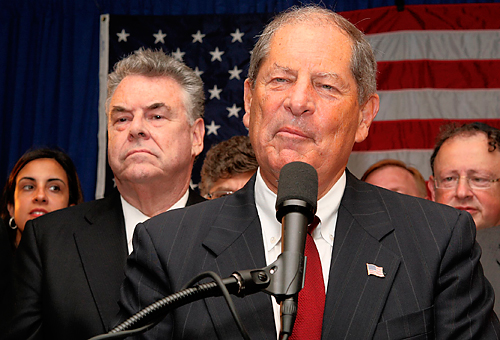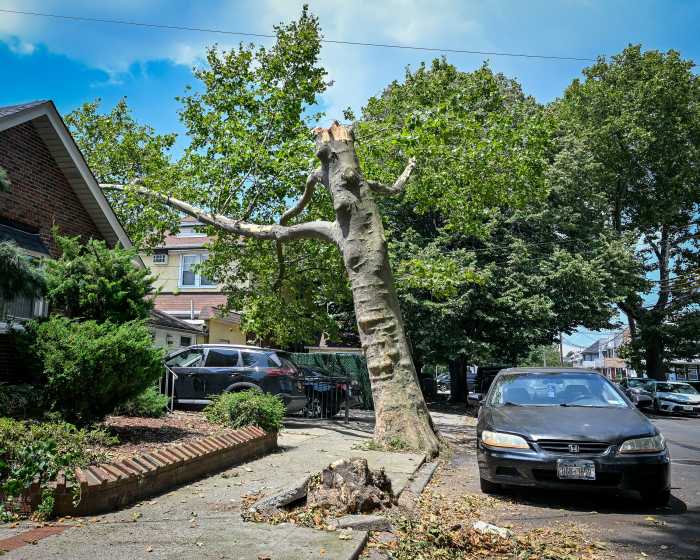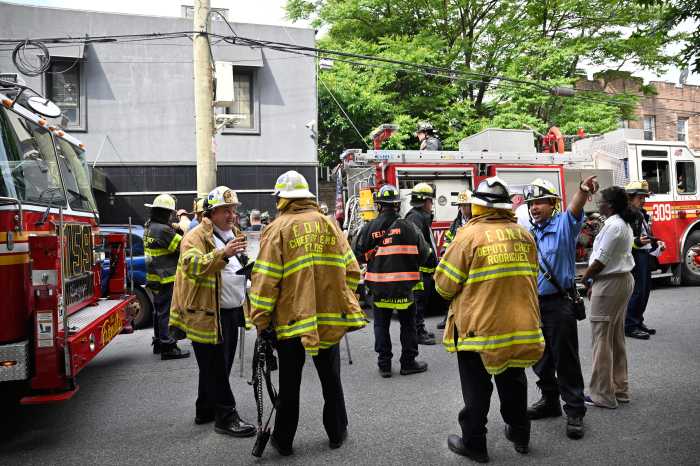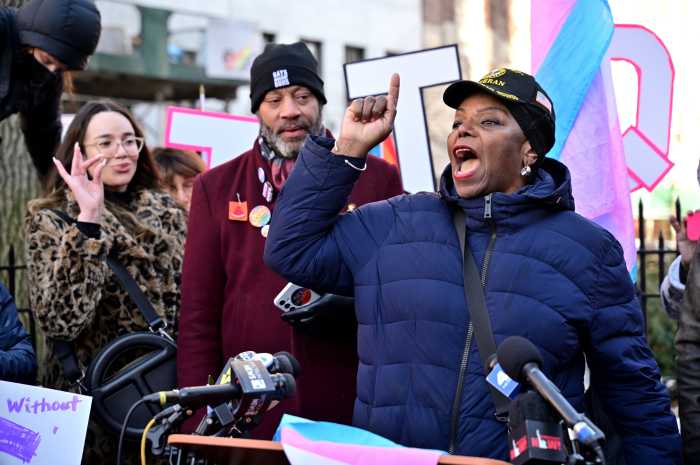A two-mile stretch of Flatbush Avenue and a huge swath of Floyd Bennett Field will be ripped apart to make way for a natural gas pipeline that environmentalists say would be a horrific use of Brooklyn’s only national park.
National Grid wants to lay a two-foot wide pipeline along Flatbush Avenue from Avenue U to a proposed new meter station slated to be built inside an existing hangar at Floyd Bennett Field. The pipeline, which will be buried 30 to 80 feet below ground, would tap into a major natural gas supply line off the Rockaway Peninsula.
But critics say the $265 million pipeline and its meter station, should not be routed through Floyd Bennett Field — an urban oasis used by birders, sports teams and campers.
“It’s outrageous!” said Dorothy Turano, the district manager of Community Board 18, whose members unanimously rejected the proposal in January.
“An urban national park should not house a hangar full of material for a pipeline.”
Glenn Phillips, the executive director of the New York City Audubon Society — who works with threatened bird species at Floyd Bennett Field — said he applauds more natural gas coming to the borough, but feels a pipeline through Floyd Bennett Field could be devastating to the surrounding wildlife.
“Any major construction project in or near natural areas has a risk of damaging those places in the process,” Phillips said.
Yet two Brooklyn lawmakers backing the project say the pipeline would bring clean energy as well as more than 300 construction jobs to the borough.
“It allows for the private sector to create local jobs — without any federal spending — while bringing clean, affordable energy to [Brooklyn’s] residents and businesses,” said Rep. Michael Grimm (R–Bay Ridge) who, along with Rep. Bob Turner (R–Sheepshead Bay) voted for the project that required federal approval because it was going through a national park.
“It is the perfect example of how government should work.”
Calls to the National Parks Service were not returned.
But the project is far from assured: the bill still has to be approved by the Senate. The Federal Energy Regulatory Commission also has to sign off on it.
National Grid spokeswoman Karen Young said the current route under Flatbush Avenue is the most direct path to the Williams Companies’s off-shore supply line and would be the least disruptive one for those living along the pipeline route.
“Alternate routes would require more construction and have greater impacts [on residents],” Young said.
National Grid draws approximately 50 percent of its natural gas from the massive Atlantic Ocean supply line — which stretches from the Gulf Coast to the Rockaways — using a connection that runs through Long Island. Young said the new pipeline, the company’s first in 50 years, would deliver 10 percent more gas to its 1.2 million customers in Brooklyn and Queens.
Williams Companies spokesman Chris Stockton said the company and National Grid would work closely with the National Parks Service to ensure the pipeline plan, which is backed by the Bloomberg administration, meets federal safety standards and doesn’t harm the environment.
“[Our environmental impact study will] thoroughly address all natural and culture resource concerns associated with the preferred pipeline route,” Stockton said. “It is important to us to balance environmental impacts.”
Reach reporter Daniel Bush at dbush@cnglocal.com or by calling (718) 260-8310. Follow him at twitter.com/dan_bush.

























